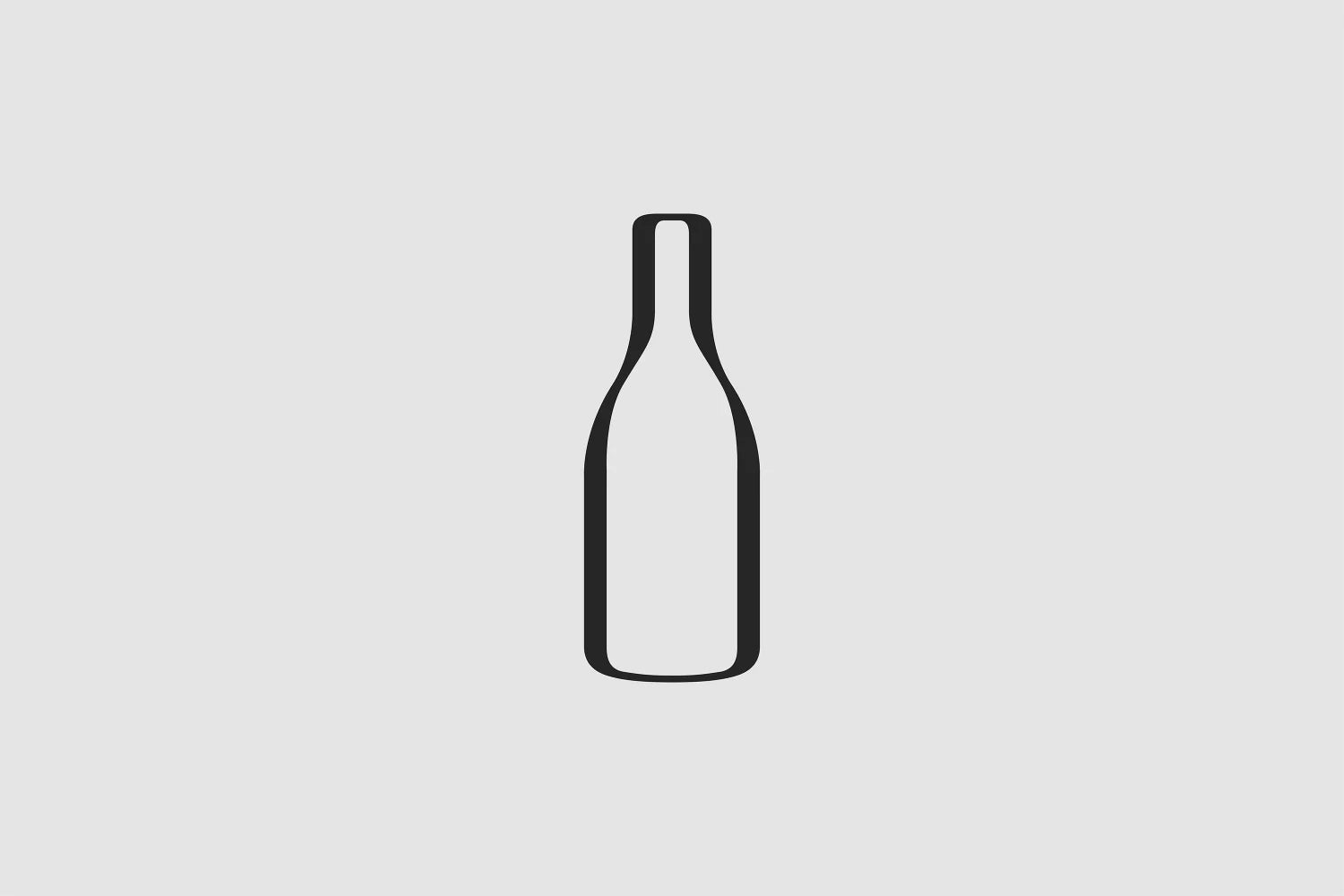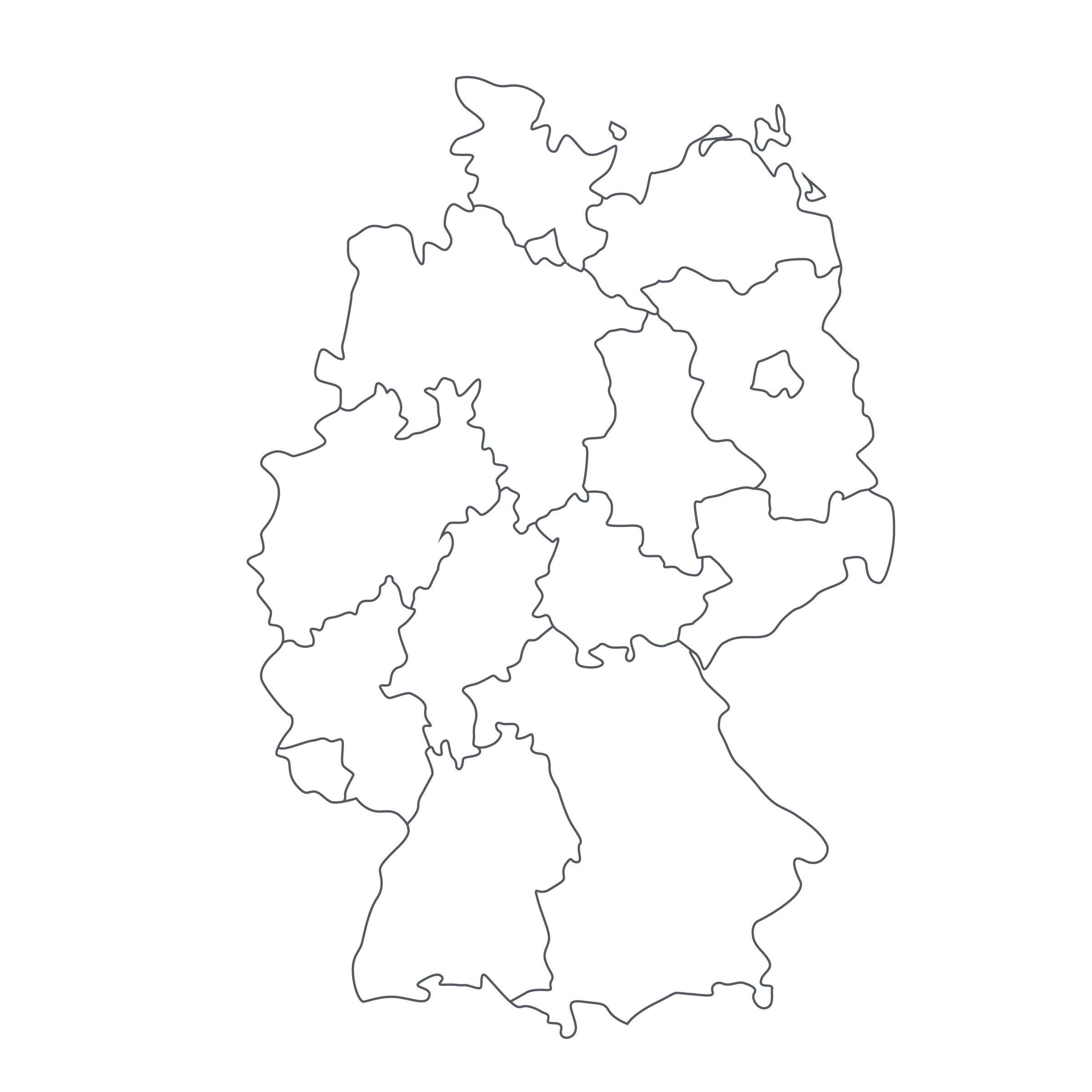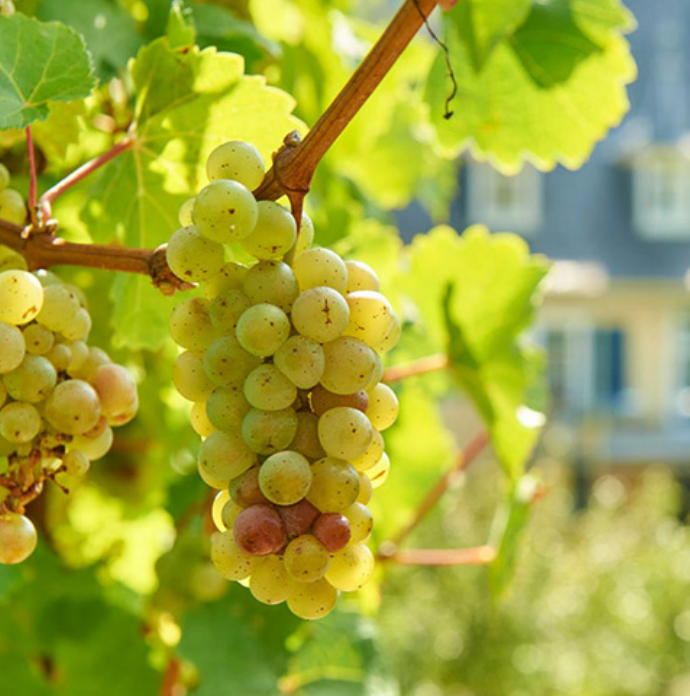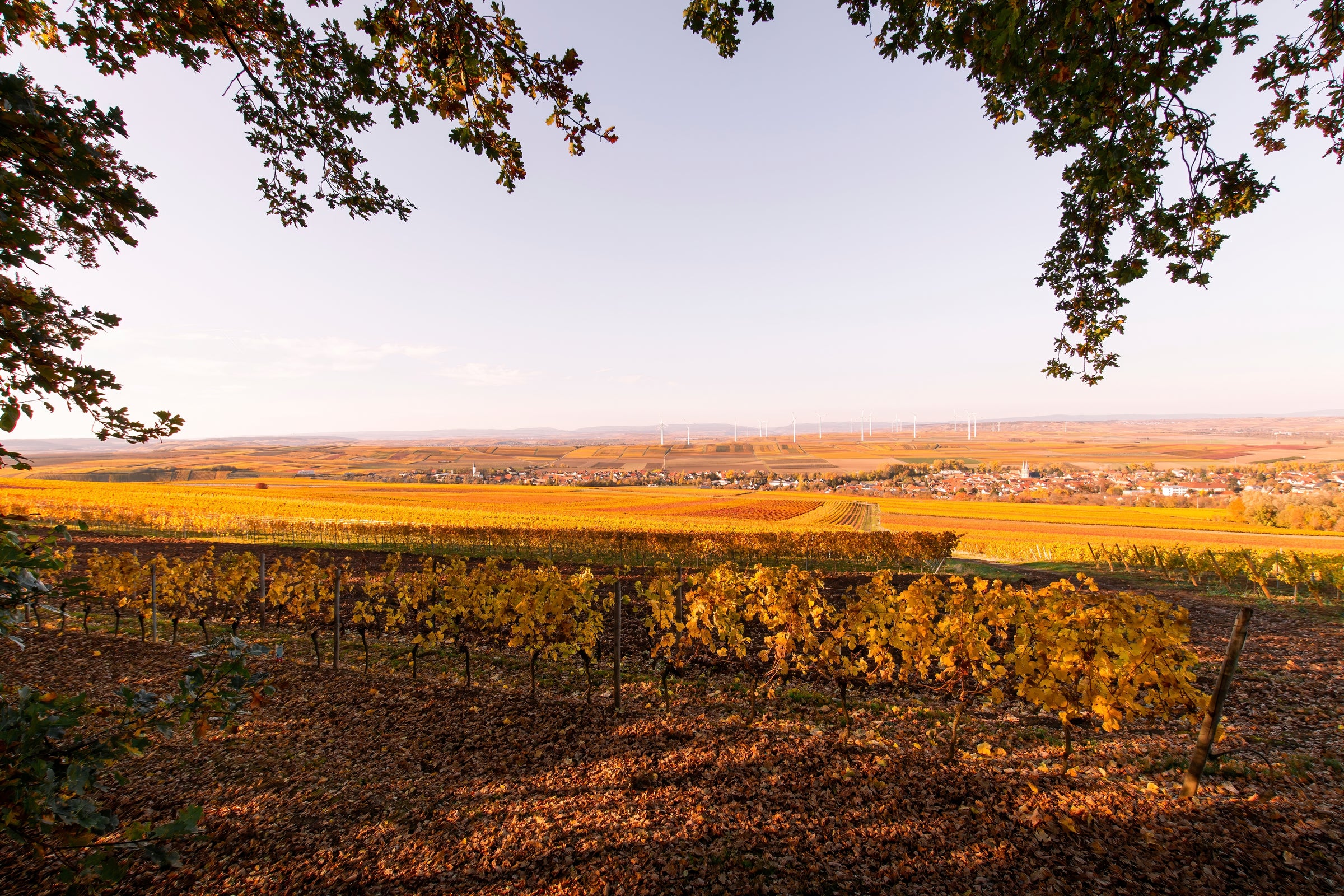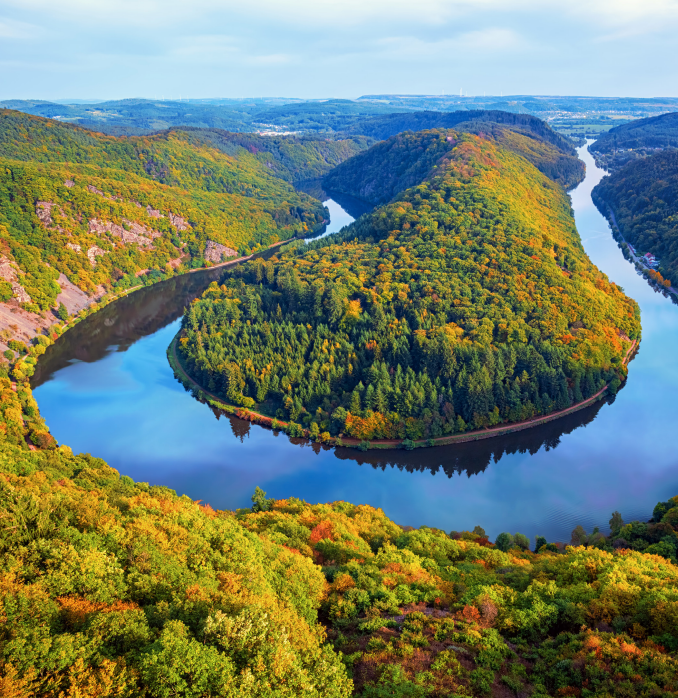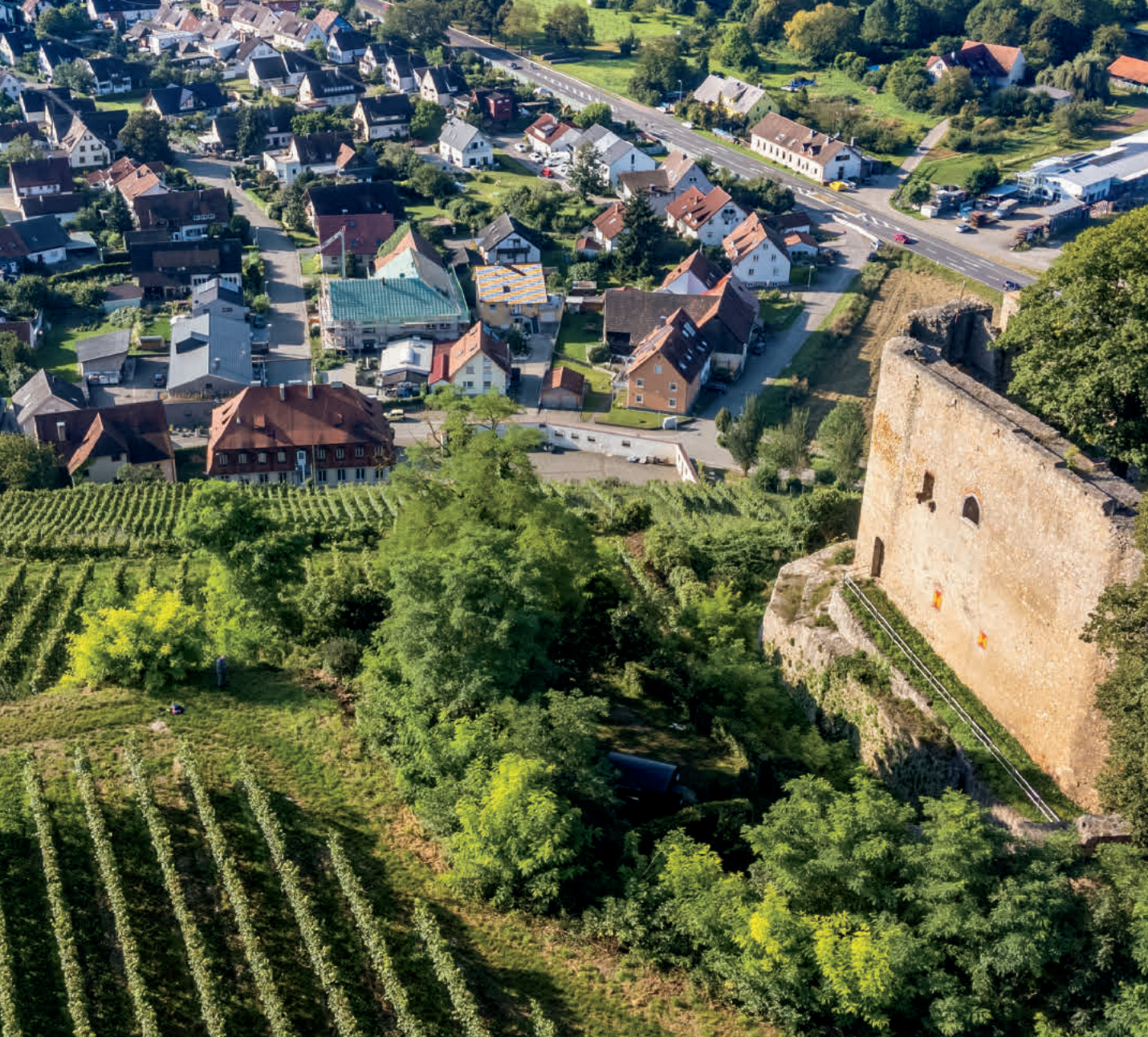Over the years, we’ve introduced you to Dönnhoff’s remarkable Rieslings and Germany’s thunderous, bone-dry ‘GG’ marvels (tantamount to Burgundy’s Grand Crus), but we’ve never had the chance to pair them together. Today, that changes: This marks the first time we’ve had ample access to one of Dönnhoff’s very own GGs, or Grosses Gewächs, and we’re bursting with excitement. Arguably Germany’s most renowned producer, Dönnhoff extracts the raw terroir of each unique vineyard and bottles monstrous, nerve-rattling dry Rieslings dripping with colossal power. Each bottle delivers titanic-sized explosions of flavor and minerality and this 2018 Felsenberg, a prized site built from ancient volcanic rock, has all the critics chattering—Suckling, Gilman, Decanter Magazine, Parker’s Wine Advocate. No matter who you follow, even if it’s just us, the main takeaway is this: This is the pinnacle of dry German wine, and coming up with our laughably small quantity was a veritable act of congress.
For those still scratching their head upon seeing Grosses Gewächs: this is the end-all and be-all category for elite dry German Riesling. The world has become enraptured by these texturally rich, explosively mineral gems, and Dönnhoff’s releases consistently compete at the uppermost level of wine, as evidenced by today’s bottle. I suggest you decant one of these 2018s for no less than two hours to discover an absolutely ripe/intense/exotic mineral beast while preserving all your others for the next 10, 20, even 30+ years. There’s a lot of chaos and uncertainty in the world right now, but one thing remains definite: These bottles won’t last long!
About a quarter millennium ago, the Dönnhoff family arrived in the Nahe. They chose the quaint town of Oberhäusen to build their farm, where they tended to livestock, vegetables, and grapes. Hermann Dönnhoff (grandfather of current owner, Helmut) officially launched the estate in the 1920s, and Helmut took the reins in 1966. At this time, livestock and vegetables were still prevalent—they only had four hectares of vines—but after their extraneous farmland was sold off in 1971, Helmut began focusing on wine. With more than 45 vintages under his belt, Helmut, now joined by his son, Cornelius, have created something grand out of nothing. Decades ago, no one knew the Dönnhoff name. Today, they’ve increased their holdings to 25 hectares, with no further plans of expansion, and are colloquially known as the King of Riesling. Quite a feat.
At its core, a
Grosses Gewächs wine must be from a designated
Grosse Lage (Grand Cru) vineyard and fermented dry, although ripeness level, yield restriction, and manual harvest also play an important factor. “Felsenberg,” in the village of Schlossböckelheim, is one of those Grand Cru vineyards, and it’s a
breathtaking slice of land with a small tower clinging to its steep precipice (as depicted on today’s front label). In fact, the Dönnhoff team internally calls this wine Felsentürmchen (loosely, “rock turret”). The site sits at 11 hectares with steep gradients and southern exposure, and each vine is buried in a series of volcanic soil. All this equates to one thing: “Felsenberg” is an elite, and equally historic, Grosse Lage site.
After a strict selection process and hand-harvesting their Riesling, the grapes fermented in a combination of stainless steel and used oak barrels and then matured until the middle of 2019. After further bottle aging, the wines left Dönnhoff’s cellar and arrived on our shores in the Spring of 2020. Right out of the bottle, “Felsenberg” is unforgivingly powerful and tightly coiled—it demands a minimum two-hour decant and to be served in large Burgundy stems. If you drink this too quickly, you’ll miss out on all the aromatic and textural treasures that emerge after soaking up oxygen. Definitely save some for the following night, too—ours kept on humming into day four! That said, it shows incredible layers despite its infancy: Kaffir lime, green mango, white peach, pineapple, Meyer lemon, and tangerine blast out of the glass like a cannon and release savory shrapnel in the form of crushed white rock, smoke, candied ginger, salted citrus, gunflint, dried herbs, acacia, grapefruit zest, and honeysuckle. It’s bold and assertive, unafraid to flaunt its searing minerality and gorgeous layers of ripe, nervy fruit. To quote James Suckling: “Just when you think it's a nice guy the totally radical, smoky and mineral finish comes through to remind you how strong nature can be!” Prepare to stand back in awe as this storms your palate. It’s big, intense, rich, dry, and electrifying. We cannot wait to track this wine over the years and decades to come!
